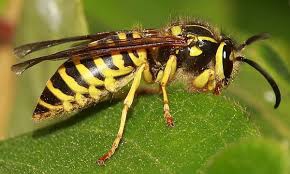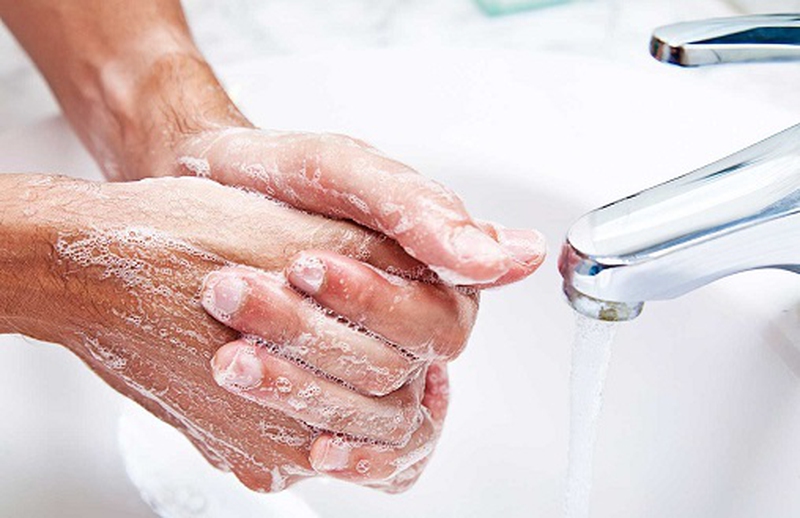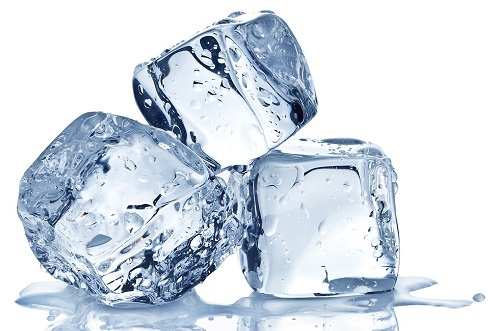How do you feel when you're outdoors having fun with friends and family but suddenly dozens of flying insects come uninvited to spoil the fun? Many people think those insects are 'bees', but sometimes what you're up against are yellow jackets. A yellow jacket is basically a ground-nesting wasp, which many people confuse with bees. You need to understand that yellow jackets are quite aggressive, so it is important to come prepared and know what to do for yellow jacket stings. You need to take special care during the late summer or early autumn when there are lots and lots of yellow jackets around.

What to Do for Yellow Jacket Sting
Turn to First Aid
First thing first, move to a safer area where there are no yellow jacket stings to prevent more bites. Remove the stinger without squashing and examine the affected area closely. Wash it thoroughly with soap and water.
Apply Cold Compress
You may want to know what to put on yellow jacket stings, but before you put anything on it, you'd better apply a cold compress first. Simply pour cold water in a bowl and add a few ice cubes as well. Then put a piece of cloth in it, wring it and place directly on the affected area to reduce pain and swelling.
Use Topical Cream
After using a cold compress, you can apply a gel, cream or lotion to the affected area.
Opt for a product that contains ingredients such as pramoxine, hydrocortisone or lidocaine to make your pain manageable.
You may also consider using a cream such as calamine lotion or opt for the one that contains baking soda or oatmeal to reduce itching.
Monitor the Sting
If you don't know what to do for yellow jacket stings, you should at least monitor the sting for 24 hours or so after applying some creams. You can keep applying a cold compress and use a cream if the symptoms don't get worse, but be sure to call your doctor if swelling becomes severe and you notice dizziness.
Mind for Infection
Yellow jackets can cause and spread infection because they often come into contact with dead animals and feces. It is common to notice redness and swelling around the sting area. But if massive swelling appears, you should seek immediate medical assistance. If swelling doesn't go away in a few days and you notice red streaks with puss, this may be mainly because you've developed an infection.
Pay Attention to Allergies
What to do for yellow jacket stings will also depend on whether you have allergies or not. If after a bite you notice symptoms like slurred speech, difficulty breathing, confusion, fever and massive swelling around the bite, this means you're having an allergic reaction. You should seek immediate medical assistance instead of trying any home remedy because severe allergies to stings may cause anaphylactic shock. Doctors may give patients epinephrine or other emergency medications to prevent coma.
Try Homemade Remedies
You can reduce the stinging with a mixture of meat tenderizer, aluminum-based deodorant and water. Apply the past with a cotton ball and leave it there for some time to help reduce swelling.
Alternatively, you can also use thick baking soda paste. When you cannot find anything else, you may use mud to reduce itching.
Take OTC Medication
You can also take over-the-counter medications to relieve pain. Try acetaminophen or ibuprofen for pain. Using an antihistamine may also help.
Note: It is important to call 911 if you experience symptoms like difficulty breathing, faintness, dizziness, swelling of the eyelids or lips, hives, palpitation, nausea, vomiting or cramps.
Sting on Face, Mouth or Throat Is Dangerous
It is important to bring the patient to the emergency room if he/she has been stung in mouth, face, or throat. Being stung in these areas will lead to swelling that will make it difficult for the patient to breathe properly.
How to Avoid Yellow Jacket Sting
Keep Calm
It is hard not to get scared, but you should keep calm. Remember, tugging, pulling or shaking won't help with yellow jackets because they are naturally aggressive. You should keep calm and slowly walk away.
Don't Squish It
You should never try to squish a yellow jacket even if it lands on you because you may get bitten in an effort to smack it. Simply stay still and wait for the insect to fly away. It is worth mentioning that even if you manage to crush a yellow jacket, it will release a pheromone that is only going to attract other yellow jackets.
Cover Your Food and Drinks
Yellow jackets will get attracted towards sweet drinks, so it is important to keep your food covered, especially sodas or other juice drinks. If it is yellow jacket season, you will be better off drinking with a straw.





View All Comments /Add Comment